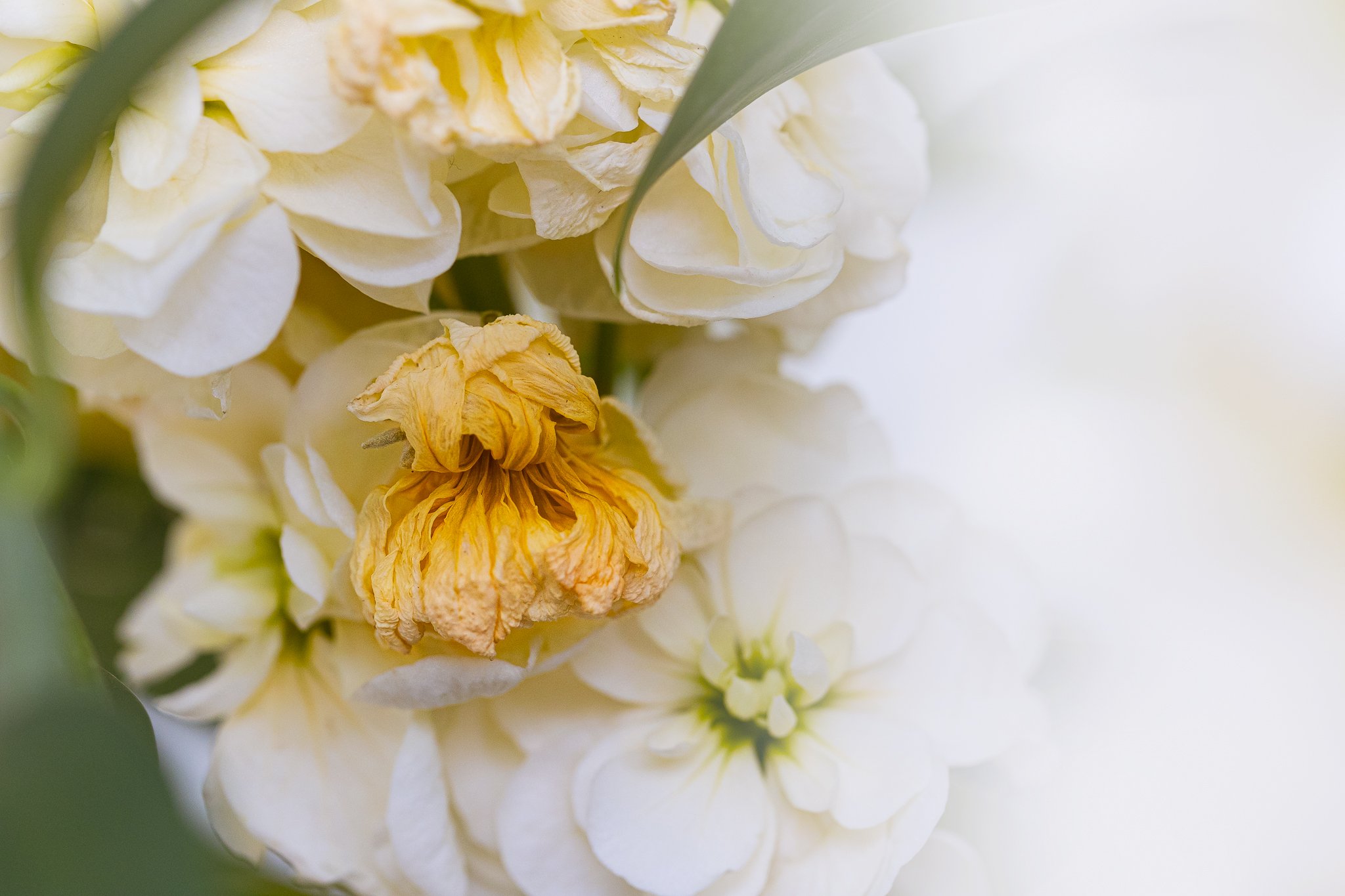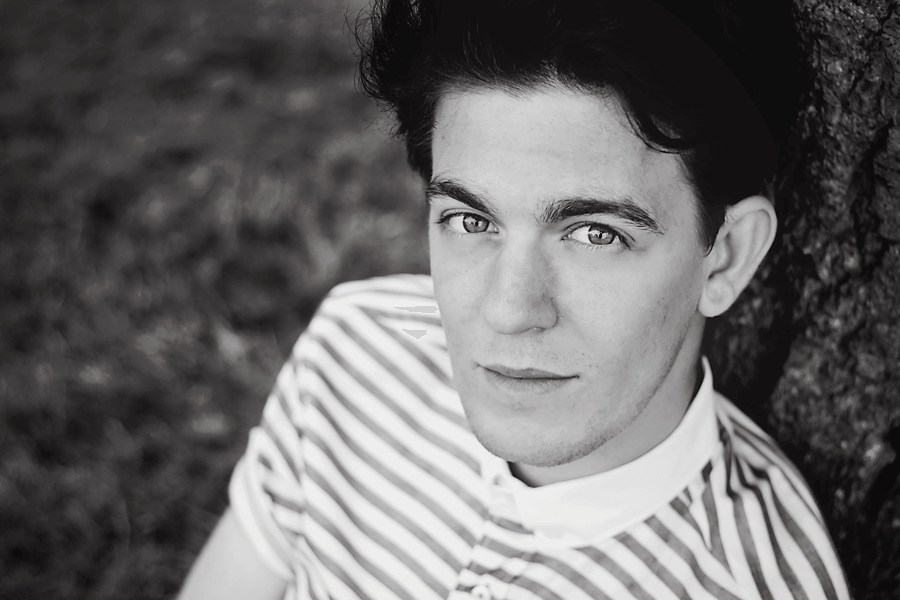4 Photography Tools That will Make Your Life 10 x Easier
My husband has not one, not two, but three areas for his tools - the garage (where no cars are apparently allowed!) a shed at the back of the garden, and a “lock up” where the bigger and least used tools are.
But I only ever seem to see him use about 4 of the tools from them on any regular basis!
Which is the same in photography - although there are many shiny objects competing for our attention, there are only 4 that I would say I really recommend for you to get when learning photography.
These are the ones that I think will make the most difference both in terms of improving your photography skills, but also in just simply making your life easier, or saving you from frustration and headaches!
So without further ado, let’s jump in!
White Balance Tool
A white balance tool is something that you use in order to set your white balance in camera. You can buy loads of different tools, from grey cards at under $10 to the Expodisc at around $50.
All do the same thing - they tell your camera what neutral looks like, so that the colour tones of your image are correct.
Why this is so helpful, and therefore make your life easier, is because you take away any guesswork as to what the correct white balance is. No more wondering if your image is too yellow (or is it too green?!) or too blue when in post processing, because you have set the white balance perfectly in camera.
It also means that you learn to “see” colour correctly - something that all of us are usually pretty bad at when we first start out in photography!
Once you can eyeball an image and see where the white balance should be, then you can do away with using these if you wish, but they are a great tool to use when starting out (and beyond!) and a grey card is the only tool we ask you to buy in my Auto to Awesome course!
Fast Write Speed Memory Card
Have you ever taken a series of images, and then not been able to press the shutter to take any more images for a minute or two? That’s called buffering, and it’s due your camera needing to “catch up” with writing the images from the sensor onto your memory card.
Just to rewind a bit here in case that’s confusing - when you press the image, the image is “pressed” onto the camera sensor. It then takes that image and “writes” the data for it onto a memory card, so that you can download it and view it on your computer.
Of course, it takes a little time to write that data over, but one thing that can impact how fast it can write it is the write speed of your memory card.
Cheaper memory cards may look like a bargain, but they tend to have slower write speeds…..which means that if you are taking a lot of images in quick succession (usually in something like burst mode) your camera just can’t write the data onto the card fast enough to keep up with you :)
They are a bit more expensive, but worthwhile if you take a lot of action shots, whether that be of racing cards or toddlers.
(Here’s a couple of examples for you! SanDisk Extreme PRO 16GB or Sandisk Extreme Pro 32 GB CompactFlash (CF) Card)
A “Fast” Lens
The final tool that I recommend is getting yourself what is known as a fast lens, or fast glass. It sounds pretty dang impressive, but really, it just refers to a lens that has a wide maximum aperture.
Rewinding a little bit for any new photographers, the aperture is the “hole” in your camera lens that allows light to pass through to your sensor. The bigger the hole, the more light gets in. So a wide aperture such as F1.4 (in other words, a wide hole!) will allow you to let more light in than an aperture of F5.6.
The kit lens that came with your camera probably has a variable aperture, meaning that the maximum size of the aperture changes depending on whether you are zoomed in, or zoomed out. The maximum apertures tend not to be very wide either, something around F3.6.
Given that many lenses simply aren’t sharp when all the way open, you can often find yourself needing to shoot at around F5.6 for sharpness….and that doesn’t let a whole lot of light into the camera via your aperture, which means you need to increase your ISO number (leading to more noise!) or slowing down your shutter speed and possibly introducing motion blur.
What a fast lens allows you to do is open up your aperture more, so you can use a lower ISO, and/or use a faster shutters speed - hence the term fast glass!
Basically, a fast lens will give you more options and leeway with your settings, especially if you shoot indoors AND your subjects move around (as most kids do!)
If you are not sure which aperture, shutter speed and ISO settings you should be using, you can download my FREE manual mode cheat sheet to help!
You can pick up a fast lens relatively cheaply (You can get the Canon 50mm F1.8 for $125), but I would also consider buying a second hand version of these lenses - many, many people buy these as their first lens after the kit lens, but then go onto upgrade them, so there are some very lightly used lenses that you can buy which is more cost effective (especially since YOU might also go onto to upgrade them at a later date!)
An almost universal first lens is the Canon 50mm F1.8 or the Nikon version of the same, but you could also look at a 24 or 35mm, especially if you shoot indoors.
You can read more about the difference between a 35mm and a 50mm here.
The Photography Plan from Adobe
When you first start out in photography, I know that you want to do everything as cheaply as possible, and not spend money on editing software. I get it, I really do.
But a worthwhile investment is the Photography Plan from Adobe at $10 per month. For that you get 3 amazing programs - Lightroom Classic, Photoshop, and Lightroom CC.
The one I’m most interested in talking about for this post is Lightroom Classic, because it is the workhorse of all three.
Lightroom Classic is an end to end photo management application, that allows you to do EVERYTHING in one single application. I know that doesn’t sound sexy, but you will use it to organise, manage, edit and share your photos. By using one tool to do everything from tagging your photos so you can find them again, to editing your photos, to creating photo books, you will save yourself so much time and mental bandwidth.
And of course it is one of the best RAW file editors on the market!
It seriously is such a huge, huge timesaver (and the one thing you can never get more of is time, so I guard my time above anything else) that I cannot recommend it more highly.
I know when you start out you might not think this is for you yet, but trust me, one of my big regrets was not starting with this program, and trying to use others to do the job more cheaply - and it cost me waaaay more in the long run, and most importantly, lost literally months of time. Get it right from the very, very start of your journey if you can, and I promise you will thank me in the long run (or maybe you won’t, because you’ll never know the hell of trying to organise 4 years worth of photos and the numerous copies of each photo you end up with!)
Of course you also get Photoshop which is just an AMAZING program that will allow you to really get creative with your images, and if you need it, Lightroom CC so you can sync some of your photos to the cloud for remote working (if you want to - I don’t use it)
So there you go! 4 tools that will make your photography life 10 x easier.
Over to you!
Let me know in the comments below - do you agree with this? Is there anything that you use that you would consider a huge time or headache saver? Let me know in the comments below!
P.S Don’t forget I have that lovely little bonus for you, that manual mode cheat sheet. Click on the image below to grab your free copy.














